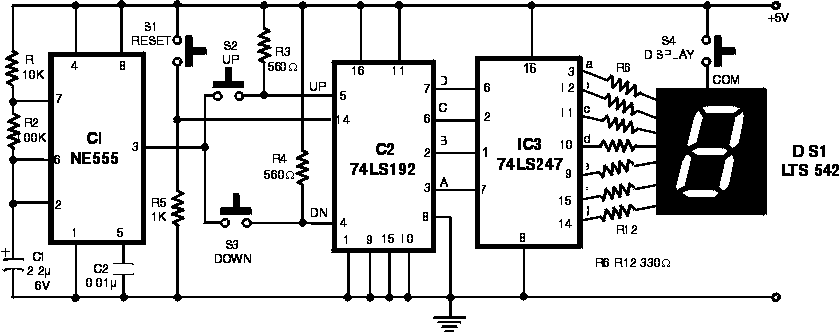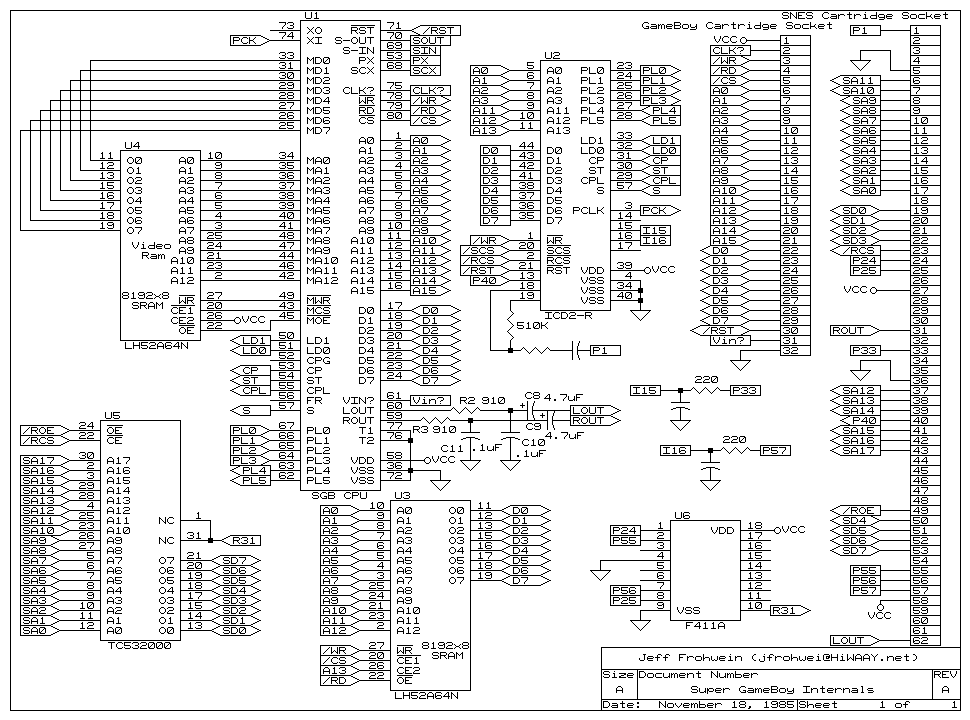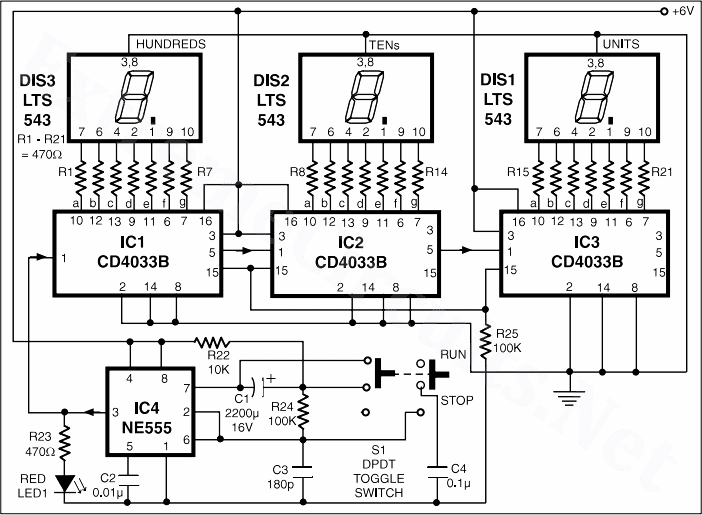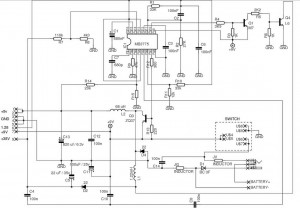
Scoring Game Circuit-DescriptionCircuit PartsDiagram

A scoring game circuit is explained with a circuit diagram and circuit parts.
The scoring game circuit is designed to track and display scores in a gaming environment. The primary components of this circuit typically include a microcontroller, a score display (such as a seven-segment display), input buttons for score adjustments, and a power supply.
The microcontroller serves as the central processing unit, where the game logic is implemented. It receives input from the buttons, which are used to increase or decrease the score. The circuit diagram will illustrate the connections between the microcontroller, the display, and the buttons.
The score display is connected to the microcontroller through a series of output pins, which send signals to determine which segments of the display should be illuminated. Commonly, a seven-segment display is used to visually represent the score, with each segment corresponding to a specific numeral.
Power supply considerations are essential for the circuit, ensuring that all components operate within their specified voltage and current ratings. A regulated power supply may be employed to provide a stable voltage to the microcontroller and display.
Additional features may include sound effects for score adjustments, which can be achieved by integrating a small speaker or buzzer connected to the microcontroller. This adds an auditory feedback element, enhancing the user experience during gameplay.
Overall, the scoring game circuit combines various electronic components to create an interactive and engaging scoring system suitable for games of different types. The schematic representation of the circuit will detail the interconnections and functional relationships between all components, ensuring clarity in the design and implementation process.A scoring game circuit is explained with circuit diagram, and circuit parts.. 🔗 External reference
The scoring game circuit is designed to track and display scores in a gaming environment. The primary components of this circuit typically include a microcontroller, a score display (such as a seven-segment display), input buttons for score adjustments, and a power supply.
The microcontroller serves as the central processing unit, where the game logic is implemented. It receives input from the buttons, which are used to increase or decrease the score. The circuit diagram will illustrate the connections between the microcontroller, the display, and the buttons.
The score display is connected to the microcontroller through a series of output pins, which send signals to determine which segments of the display should be illuminated. Commonly, a seven-segment display is used to visually represent the score, with each segment corresponding to a specific numeral.
Power supply considerations are essential for the circuit, ensuring that all components operate within their specified voltage and current ratings. A regulated power supply may be employed to provide a stable voltage to the microcontroller and display.
Additional features may include sound effects for score adjustments, which can be achieved by integrating a small speaker or buzzer connected to the microcontroller. This adds an auditory feedback element, enhancing the user experience during gameplay.
Overall, the scoring game circuit combines various electronic components to create an interactive and engaging scoring system suitable for games of different types. The schematic representation of the circuit will detail the interconnections and functional relationships between all components, ensuring clarity in the design and implementation process.A scoring game circuit is explained with circuit diagram, and circuit parts.. 🔗 External reference





